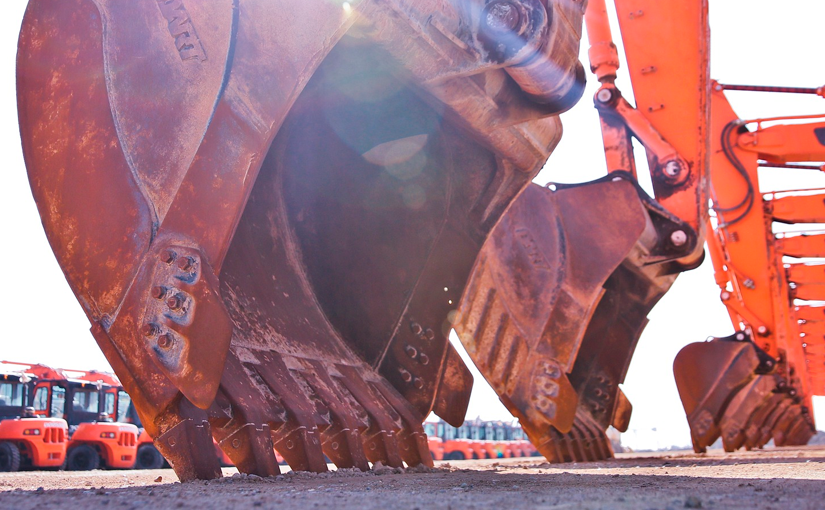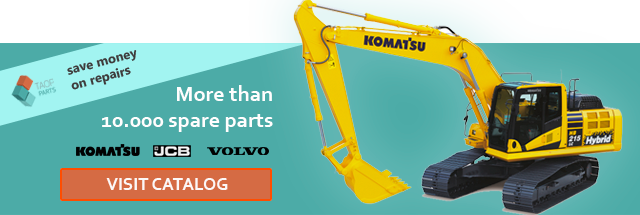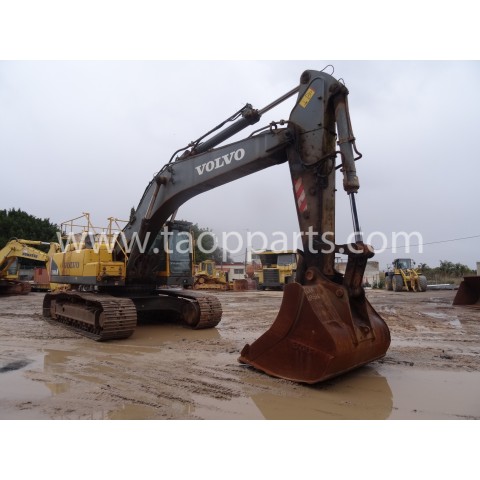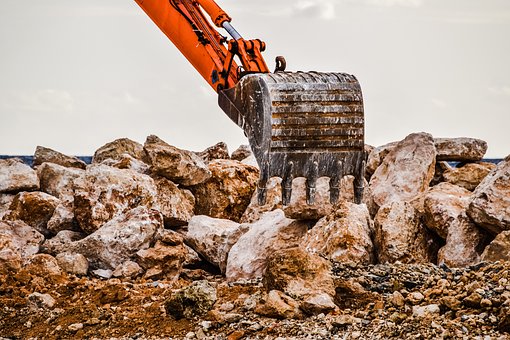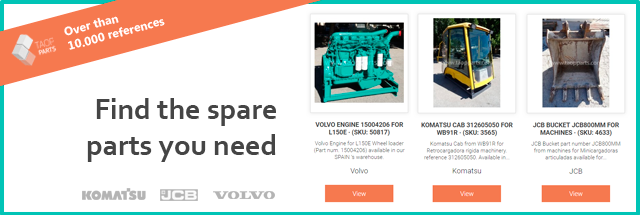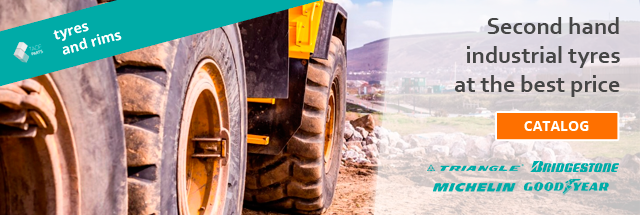Earthmoving works require the use of appropriate equipment. Implements, such as the bucket, the hammer, the clamp, etc., meet precise requirements, giving enormous flexibility to the machines.
Thanks to the bucket positioner it is possible to change the implement quickly, without excessive effort and in totally safe.
The bucket is certainly the tool which is found is most applications, such as in demolitions, in loading the land, in landscaping, in cleaning work, in the construction of infrastructures, in the handling of materials, in the preparation of soils and in the mining industry.
For these types of jobs there is not only one model of bucket, but different ones depending on the use.
BUCKETS: types and use
In loading, storage and transport jobs it is very important that the materials are not dispersed, so it is useful to own and to use the appropriate bucket. Easily and quickly loading and containing the loaded material without damaging the surface are the goals that any heavy machine operator wants to achieve, so it is necessary to know which is the right tool to use and how to use it.
As mentioned above, there are different types of buckets suitable for those different types of work that the machine must perform. We see the most common ones.
- Standard bucket: used in all loading, transport and tunnel construction works. It is ideal for loading easily fragmentable materials extracted for example from agglomerates.
- Heavy bucket: used to load slightly abrasive materials such as waste, greasy soils, clay, gravel, etc.
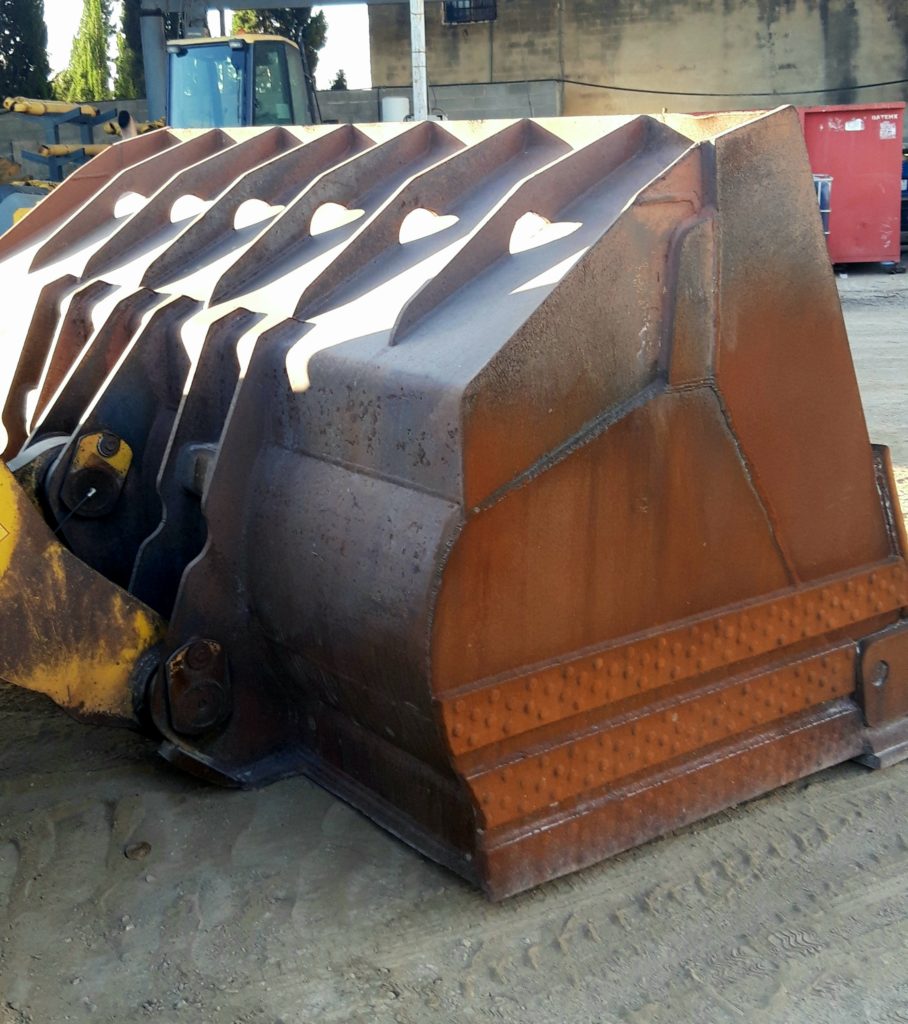
- Standard bucket with flat base: used for earth moving works such as landscaping projects, as it carries out the separation of materials and the cleaning of the ground.
- Leveling bucket: it has a long and smooth base and it is ideal for land levelling projects.
- Rock bucket: it is the ideal implement for the fragmentation of hard and rocky materials. There are different types of rock bucket that can be adapted to the various terrains and the type of work to be done. For example, there are buckets for rocks with side loading that are mainly used in tunnels or in particularly narrow excavation areas.
- Light bucket: this implement is used for loading and transporting low density materials such as compost, waste, wood, grain, chips, etc.
TIPS for bucket maintenance
As we always claim, routine maintenance is a fundamental activity to ensure the functionality and durability of machines for public works, construction sites, mines, etc.
Furthermore, it is equally important to know which tool to use in relation to the type of work to be performed the soil composition and materials to be handled especially to avoid damage resulting from misuse of the equipment.
The bucket is responsible for limiting fuel consumption, so a bucket in poor condition increases consumption and therefore atmospheric contamination.
Taop Parts technicians recommend checking the equipment daily, before starting any type of work. In buckets particularly, checking must be aimed at verifying any corrosion or cracks, bearing in mind that these must be promptly repaired.
Never use a machine that has implements not perfectly working, both for the safety of the operator and for safeguarding the machine that could be irreversibly damaged.
Links of interest:
